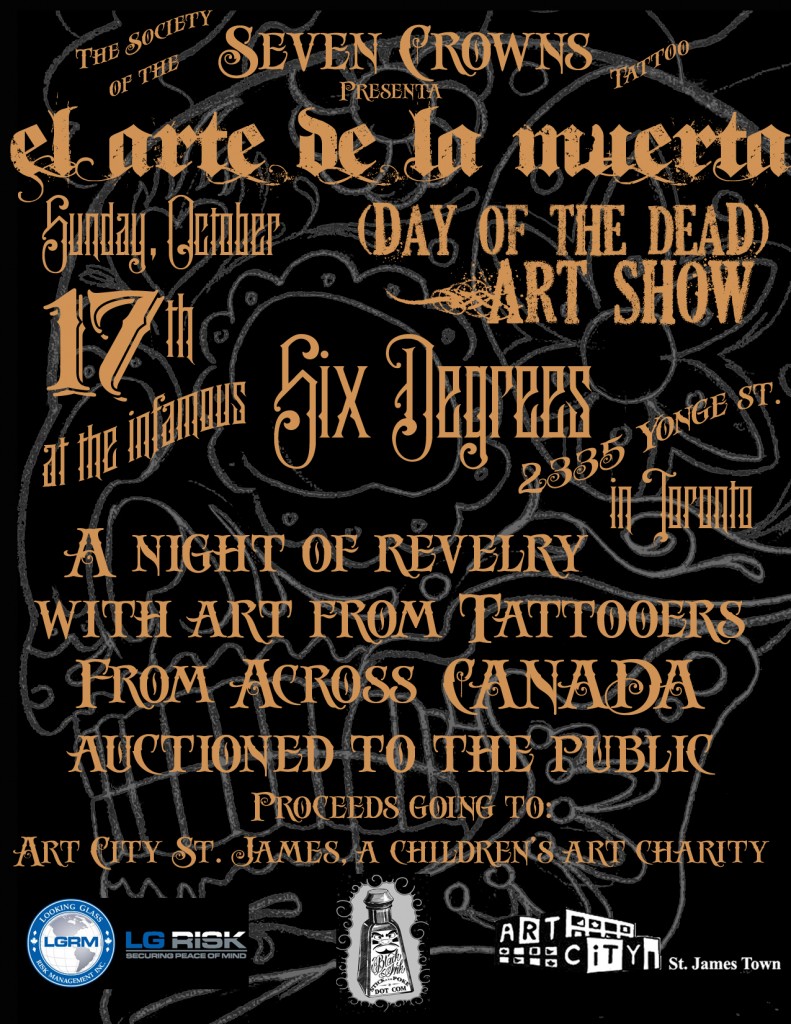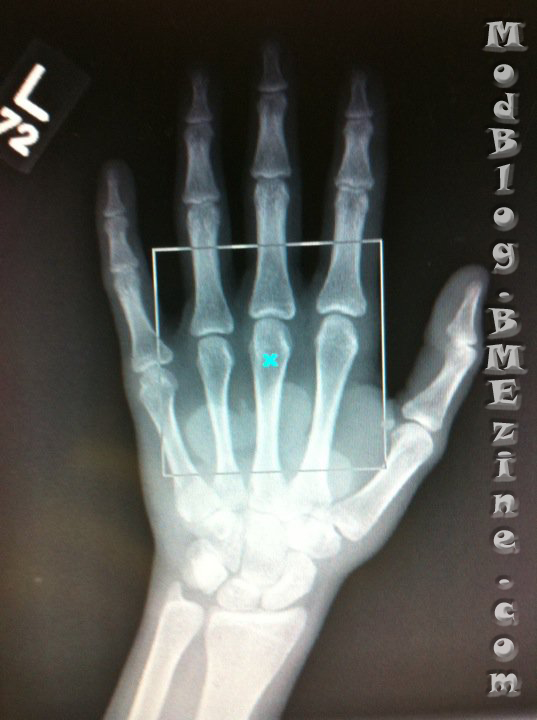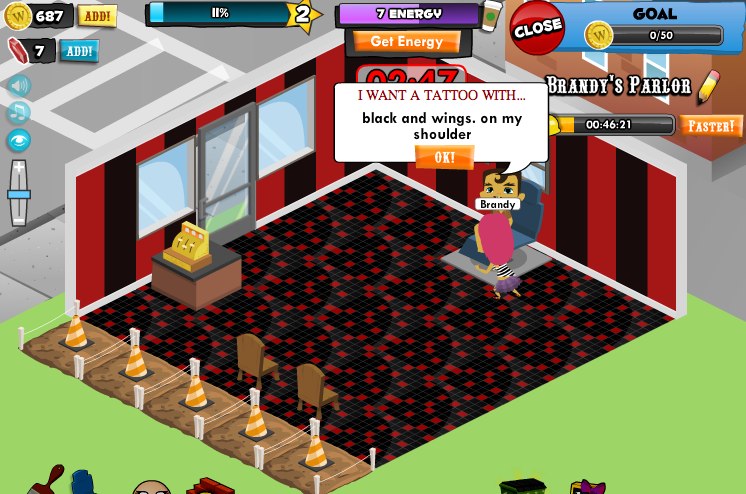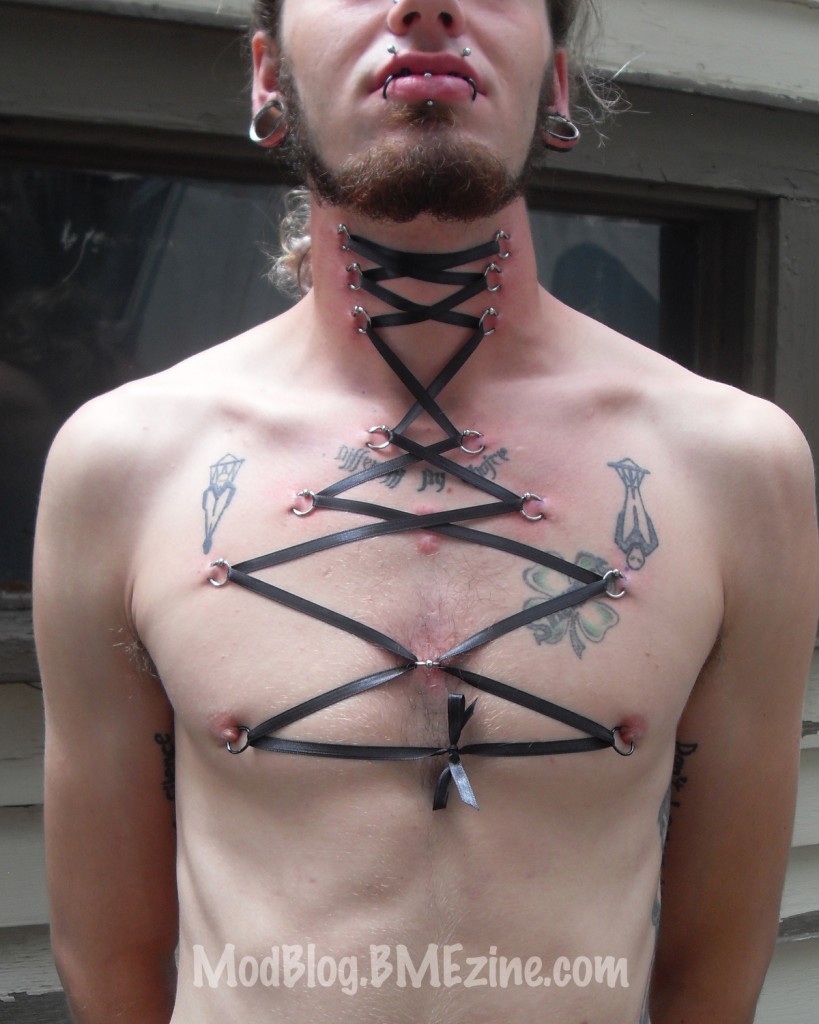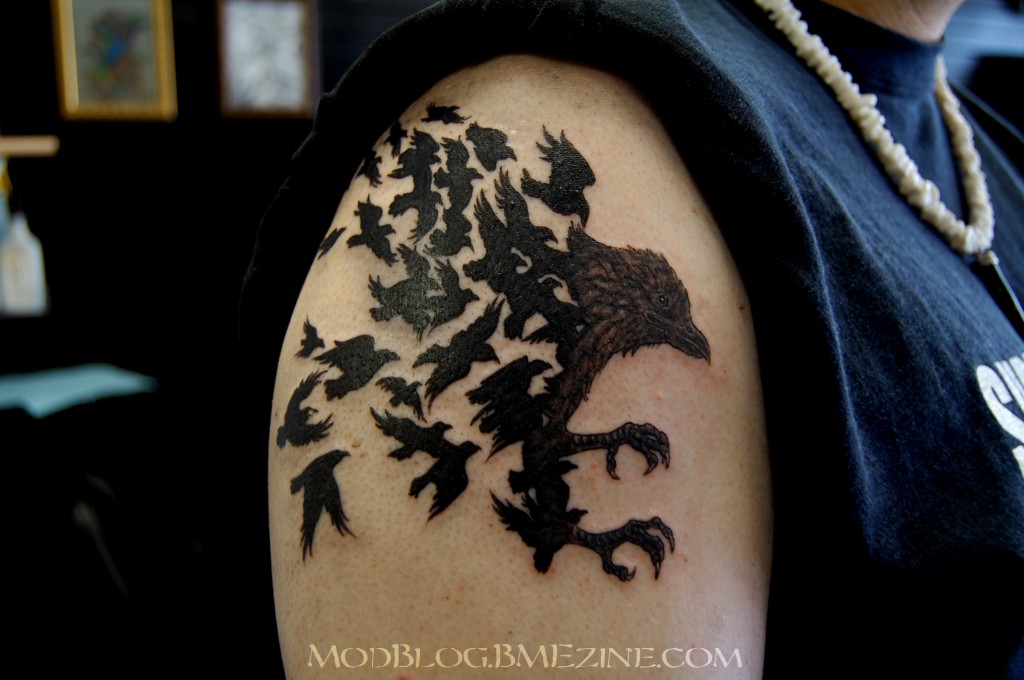We spend a lot of time on ModBlog talking about the image galleries, and the wide variety of images contained within them. In addition to the galleries, the stories, and ModBlog, BMEzine is host to it’s own Wiki. It’s a great resource to get information regarding all sorts of topics that cover the entire spectrum of the body modification world.
Today I wanted to share with you an article about an unusual form of scar that at one point was extremely popular in certain parts of the world.
What you’re seeing here is what is known as a dueling scar or Renommierschmiss. I’ll let the Wiki explain.
At the turn of the 20th century, the dueling scar (or bragging scar, or Renommierschmiss) was popularized by upper-class Austrians and Germans who saw it as a mark of their class and honor, due to the social importance of dueling societies at Austrian universities at the time. If you were a doctor, lawyer, or professor, the dueling scar was a tattoo that signified your inclusion in an elite social rank, and visitors to university cafes would expect to see young men with bandaged faces.
The sport at the time was very different from modern fencing. The men used heavy sabers, and took turns chopping at each other five times apiece repeatedly. While padding was worn, the goal was to be injured. Kevin McAleer (author of Dueling: The Cult of Honor in Fin-de-Siecle Germany) writes,
The idea was to stand your man and show courage—not to inflict a wound, but to be wounded. That’s the very strange part of it—the true winner was he who walked away with a nice juicy scar, to show that he’d stood the test. The point was not to get the other guy, but to show that you could take it. You’d get these guys who looked like they’d walked into a propeller. It was pretty gnarly, but the guys were damn proud to look that way.
The scars showed you had courage and education, and were good husband material. A lot of these kids were rather good-looking, and you didn’t have to ruin your whole face in dueling. The scars usually accumulated on the left side of the face, so from the right profile, he still looked good. And even if it was an ugly, knotted scar, women were attracted by everything it implied, and the pride with which the wearer bore it.
The main thing we’ve learned from this, is that no matter the culture or the era, chicks dig scars.
But seriously, it seems that while the practice of dueling for scars seems to have faded over time, the practice of intentional scarification has definitely carried on. Now I haven’t had the pleasure of getting a gnarly, unintentional scar, but I’m sure some of you have. Anyone have a “I got this scar when…” story to share?


